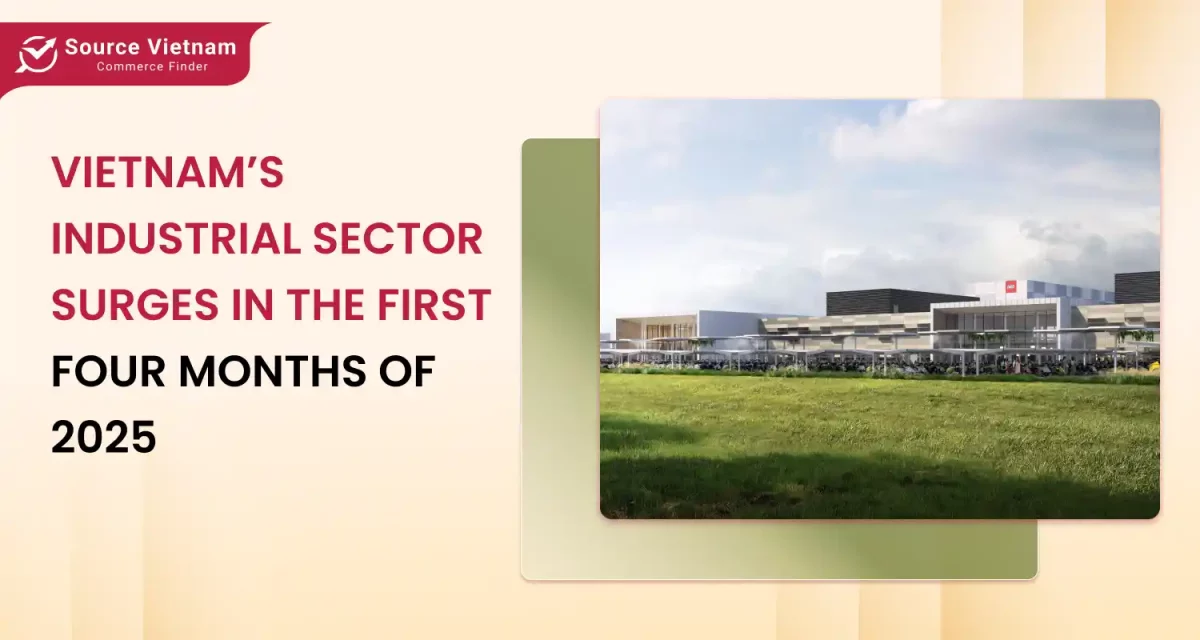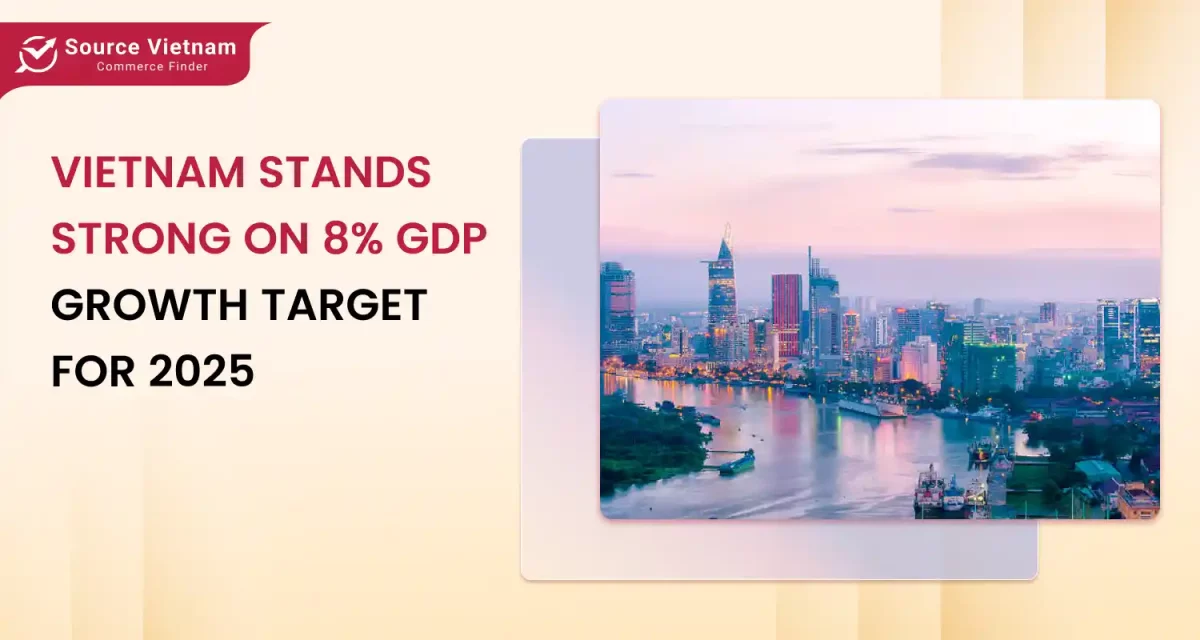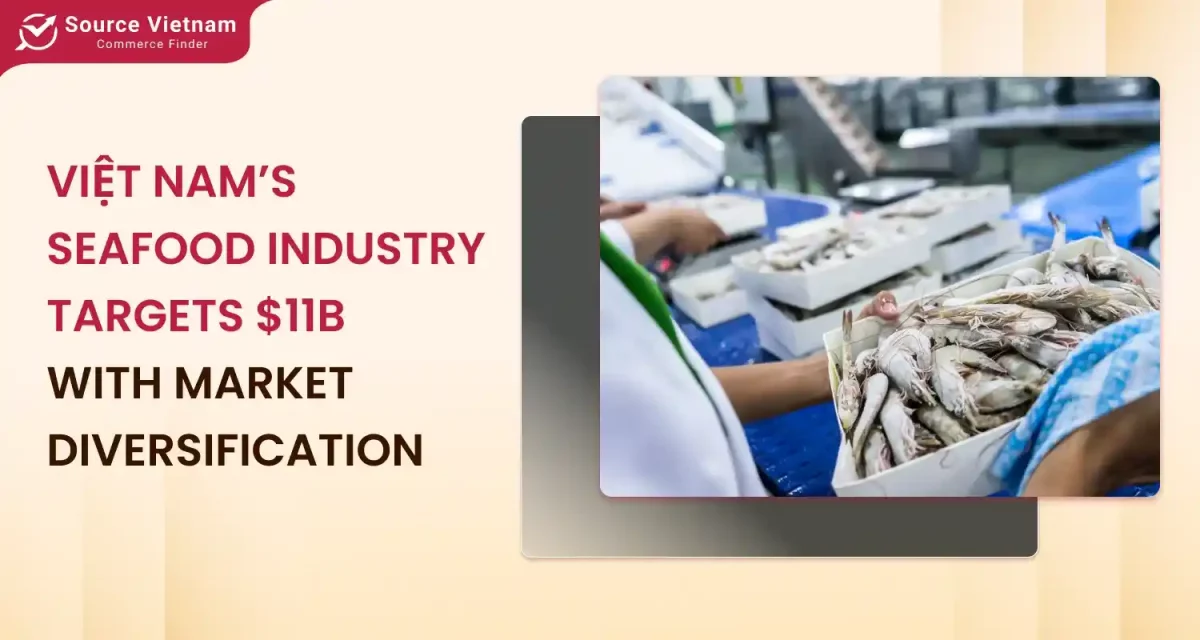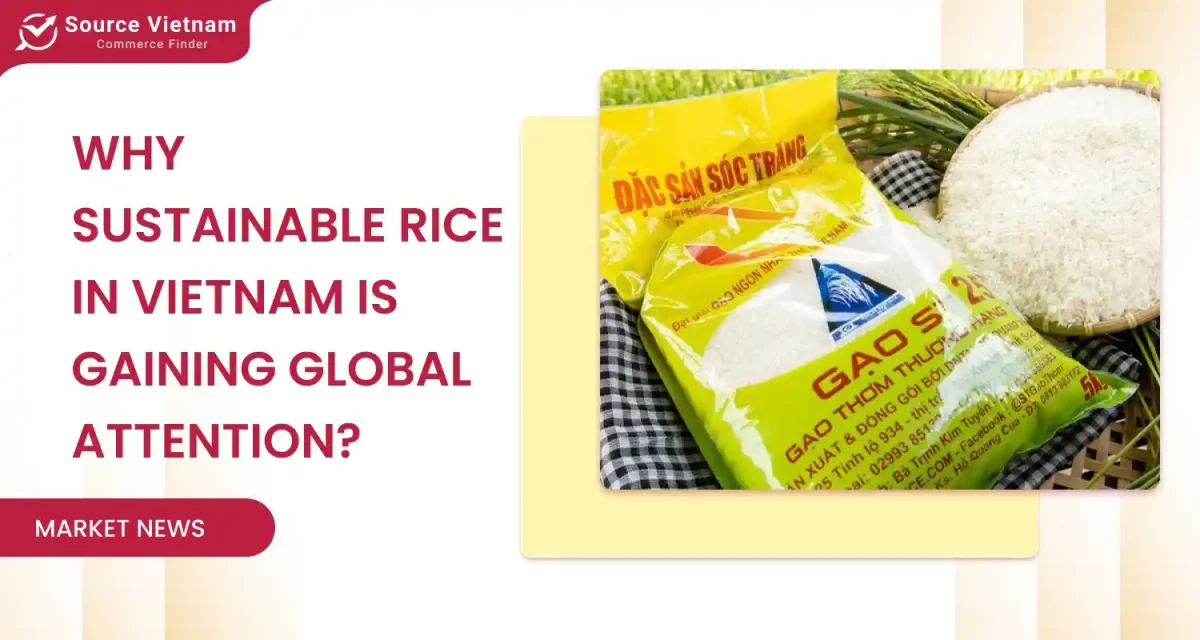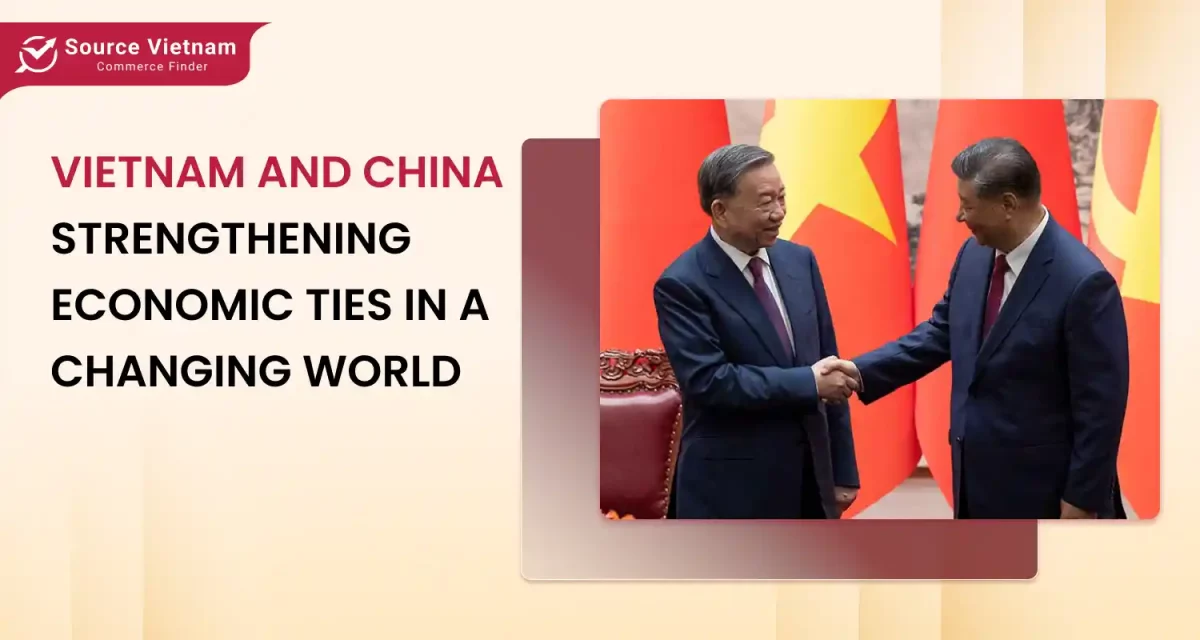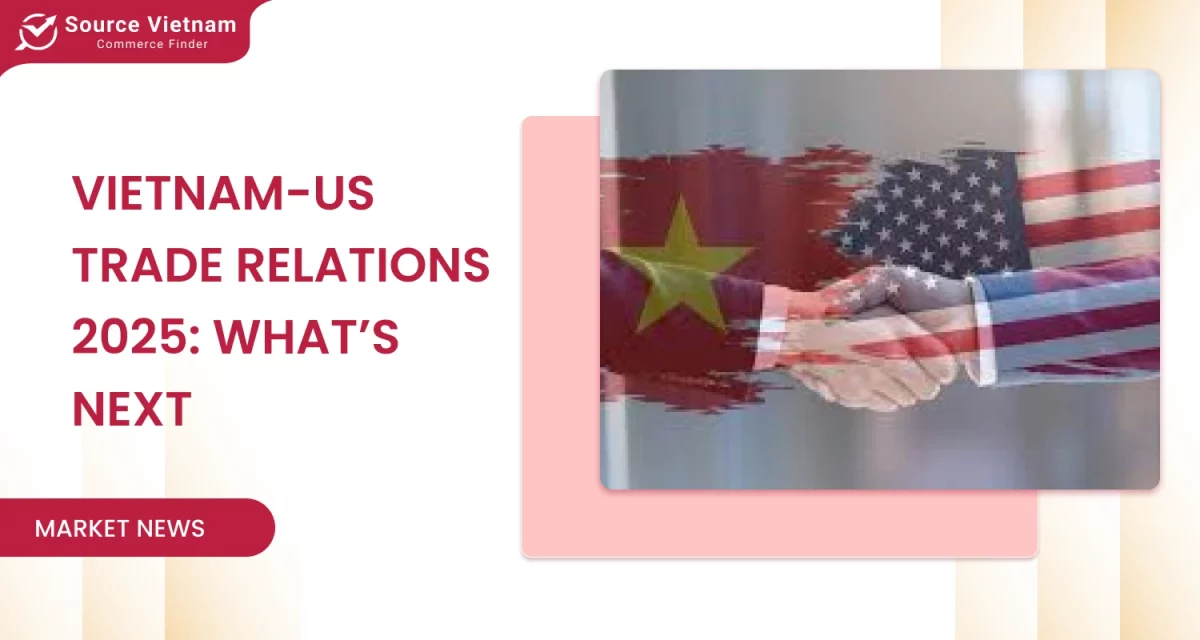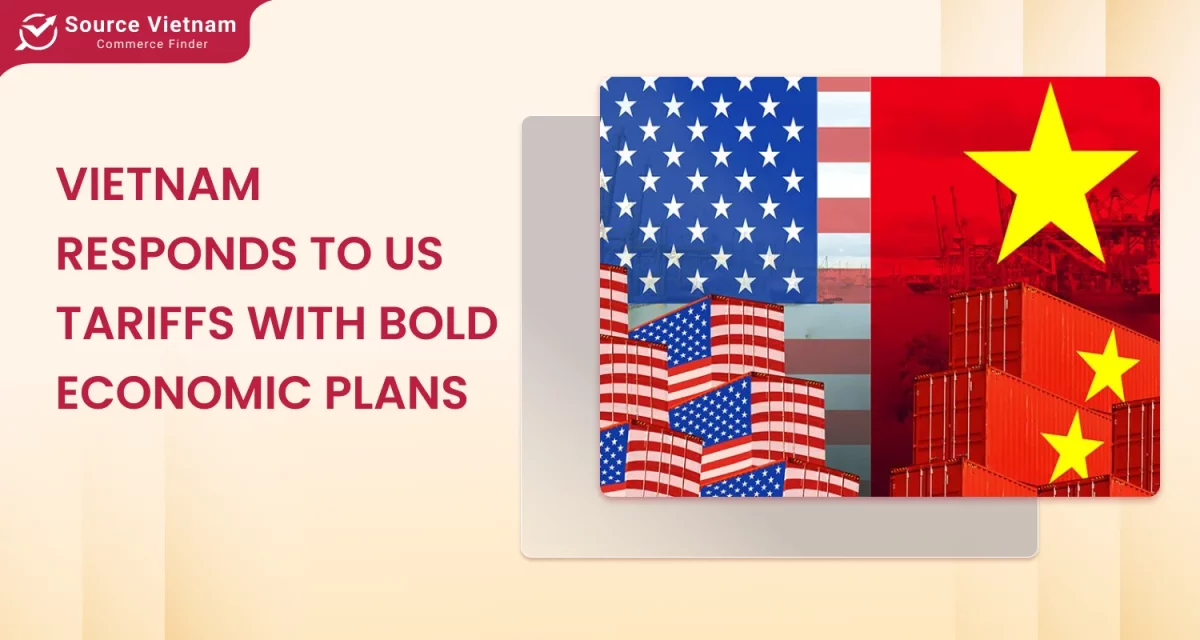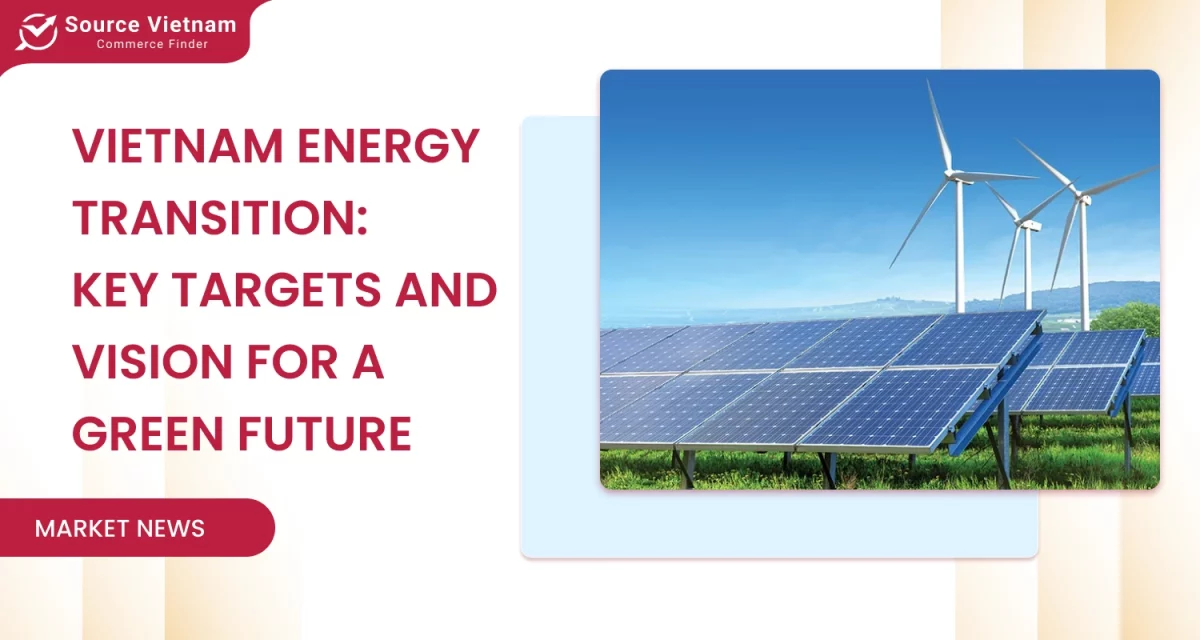Insight:
- Vietnam’s mollusc exports surged in early 2025, with China as the top importer.
- This growth highlights Vietnam’s rising role as a key player in sustainable, quality seafood supply.
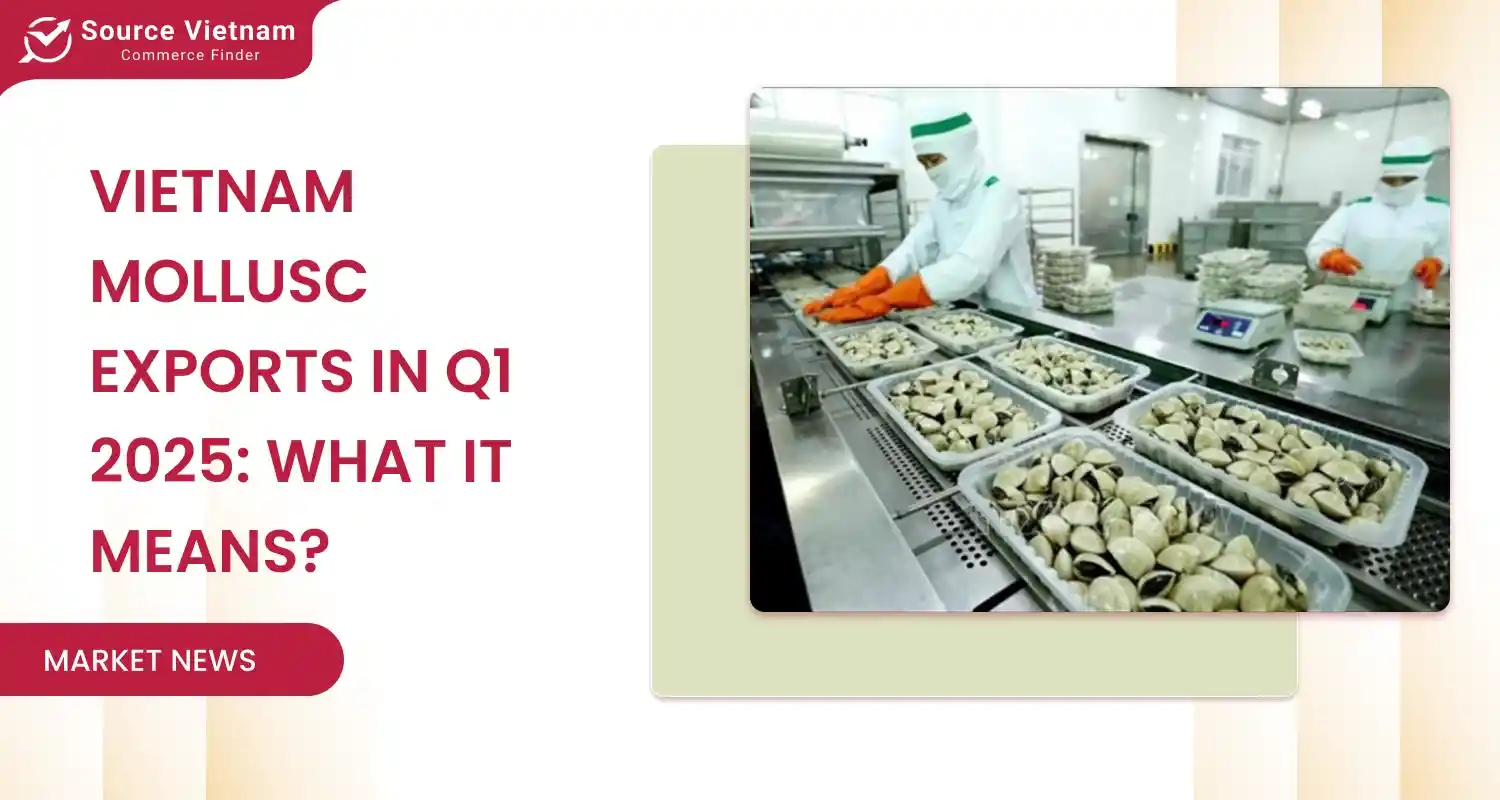
In today’s rapidly shifting global seafood trade, Vietnam is emerging as a surprising yet formidable player, especially in the mollusc sector. During the first quarter of 2025, Vietnam mollusc exports soared to over $63 million, marking a dramatic 109% year-on-year increase. Even more striking, China alone accounted for more than $23 million of this total, reflecting a jaw-dropping growth of nearly 2,000%.
This unexpected surge signals more than just short-term success; it reflects deeper shifts in consumer demand, trade dynamics, and aquaculture capabilities. In this blog, we’ll unpack the key figures behind Vietnam’s export boom, explore why China has become such a critical market, and examine what this means for exporters, importers, and seafood industry professionals worldwide.
Whether you’re a trader, investor, or industry observer, this deep dive offers fresh insight into one of the most dynamic stories in the seafood sector today.
Vietnam’s mollusc export boom: Key numbers
Vietnam’s mollusc industry is making waves on the global seafood map, and the numbers from Q1 2025 speak volumes. In just the first three months of the year, the country’s mollusc exports reached an impressive $63 million, representing a 109% increase compared to the same period in 2024. This isn’t just a spike—it’s a signal of accelerating momentum in Vietnam’s aquaculture economy.
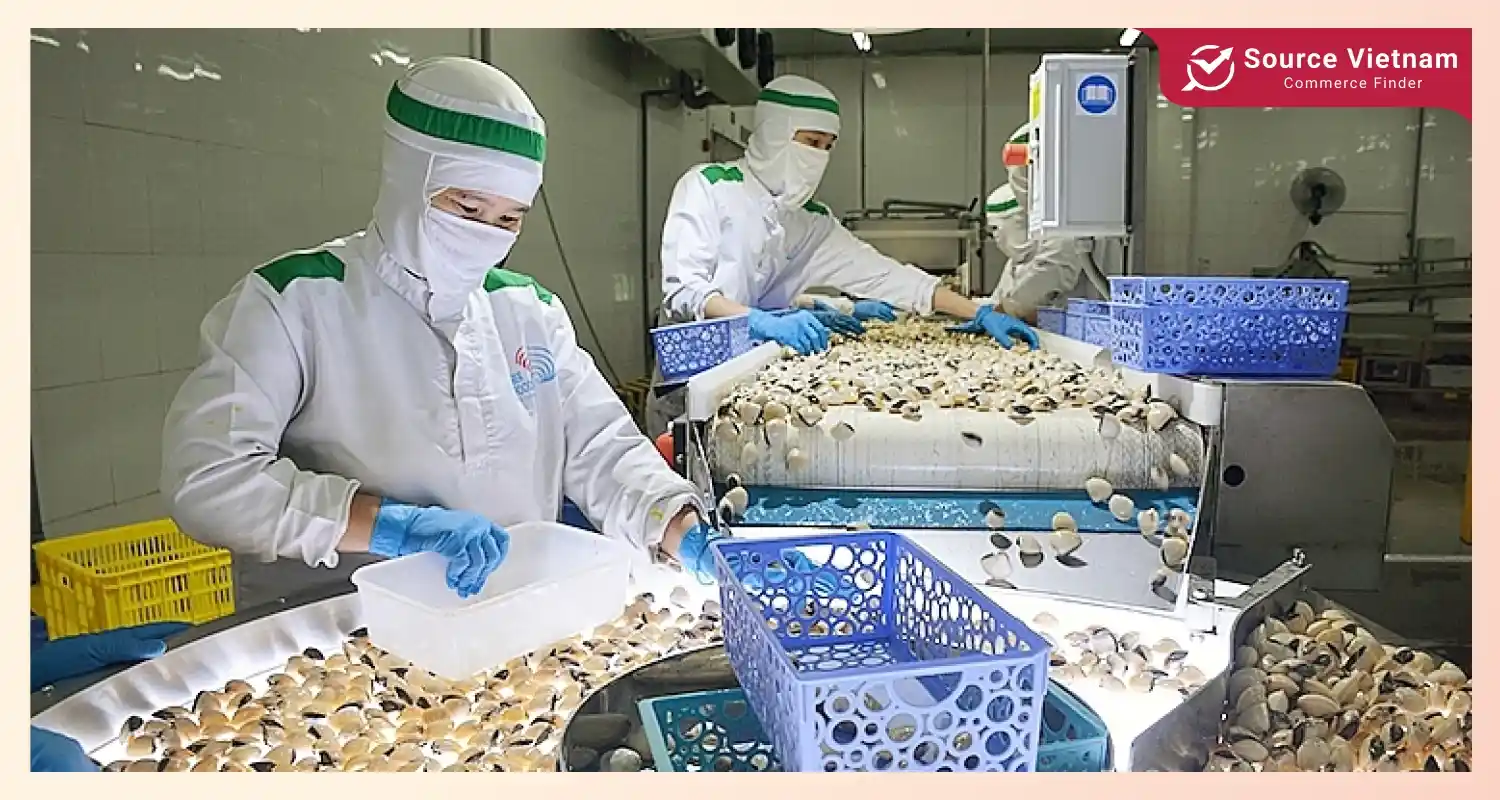
Leading the charge is China, which imported over $23 million worth of Vietnamese molluscs—an astonishing 1,955% increase year-on-year. This dramatic jump underscores a shift in China’s sourcing strategy, favoring Vietnamese suppliers for their competitive pricing, improving quality standards, and increasingly transparent supply chains.
To put this into perspective, China has rapidly overtaken traditional importers such as Japan and South Korea, who have historically been steady buyers of Vietnamese molluscs. While those markets still play a role, the scale and pace of China’s import growth in Q1 2025 is unprecedented.
This surge also marks a turning point in Vietnam’s long-term seafood strategy. With increased investment in mollusc farming and greater adoption of international processing standards, Vietnam is not just riding a temporary wave—it’s aiming to anchor itself as a key supplier in the global mollusc market.
Why China? Understanding the market shift
China’s meteoric rise as Vietnam’s top mollusc importer isn’t just a statistical anomaly—it’s a result of deep, structural shifts in both demand and trade dynamics.
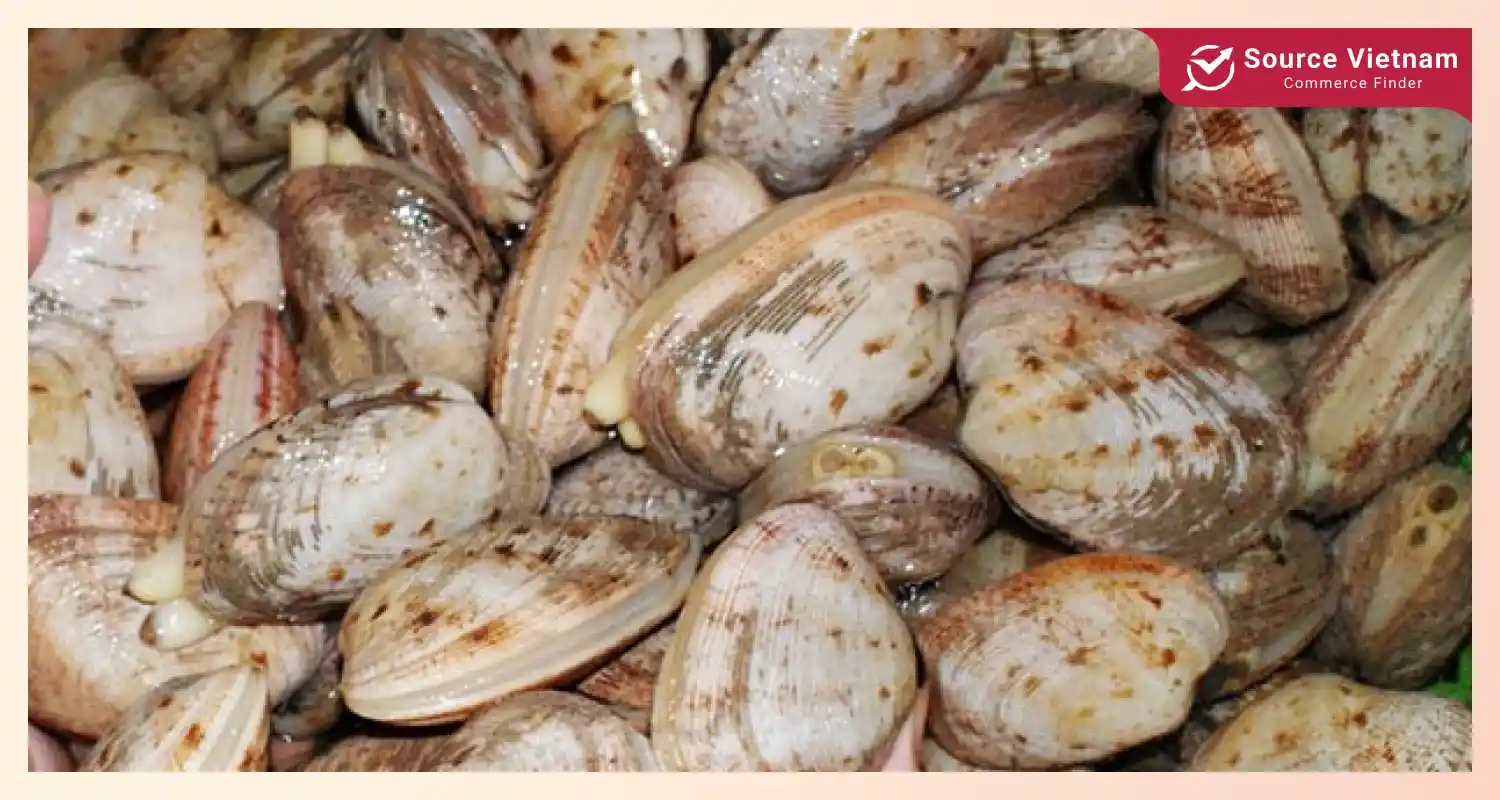
First, China’s growing middle class is driving up domestic seafood consumption, especially for high-protein, low-fat options like molluscs. Consumers are not only eating more—they’re becoming more selective, seeking out premium, traceable seafood that meets modern health and safety standards. This has opened the door wide for Vietnamese exporters who have stepped up their game in product quality and transparency.
Second, recent improvements in trade policy between Vietnam and China have made cross-border commerce smoother and more appealing. Lower tariffs, faster customs clearance, and strengthened bilateral relations have significantly reduced friction in the supply chain, making Vietnam a more attractive partner for Chinese buyers.
Finally, China’s domestic seafood production has faced challenges in sustainability and disease outbreaks, prompting importers to diversify and lean on trusted regional partners like Vietnam.
All of this creates a perfect storm of opportunity. Vietnam is not just filling a gap—it’s meeting a demand for reliable, scalable, and high-quality mollusc products in one of the world’s most consumption-driven markets.
Vietnam’s competitive advantage in mollusc farming
Vietnam’s recent export success is no coincidence—it’s built on a strong foundation of natural and strategic advantages in mollusc farming. The country boasts over 41,500 hectares dedicated to mollusc aquaculture, producing an estimated 265,000 tons annually. This impressive output is largely driven by a focus on bivalve molluscs, such as clams, mussels, and oysters, which are in high demand across Asia.
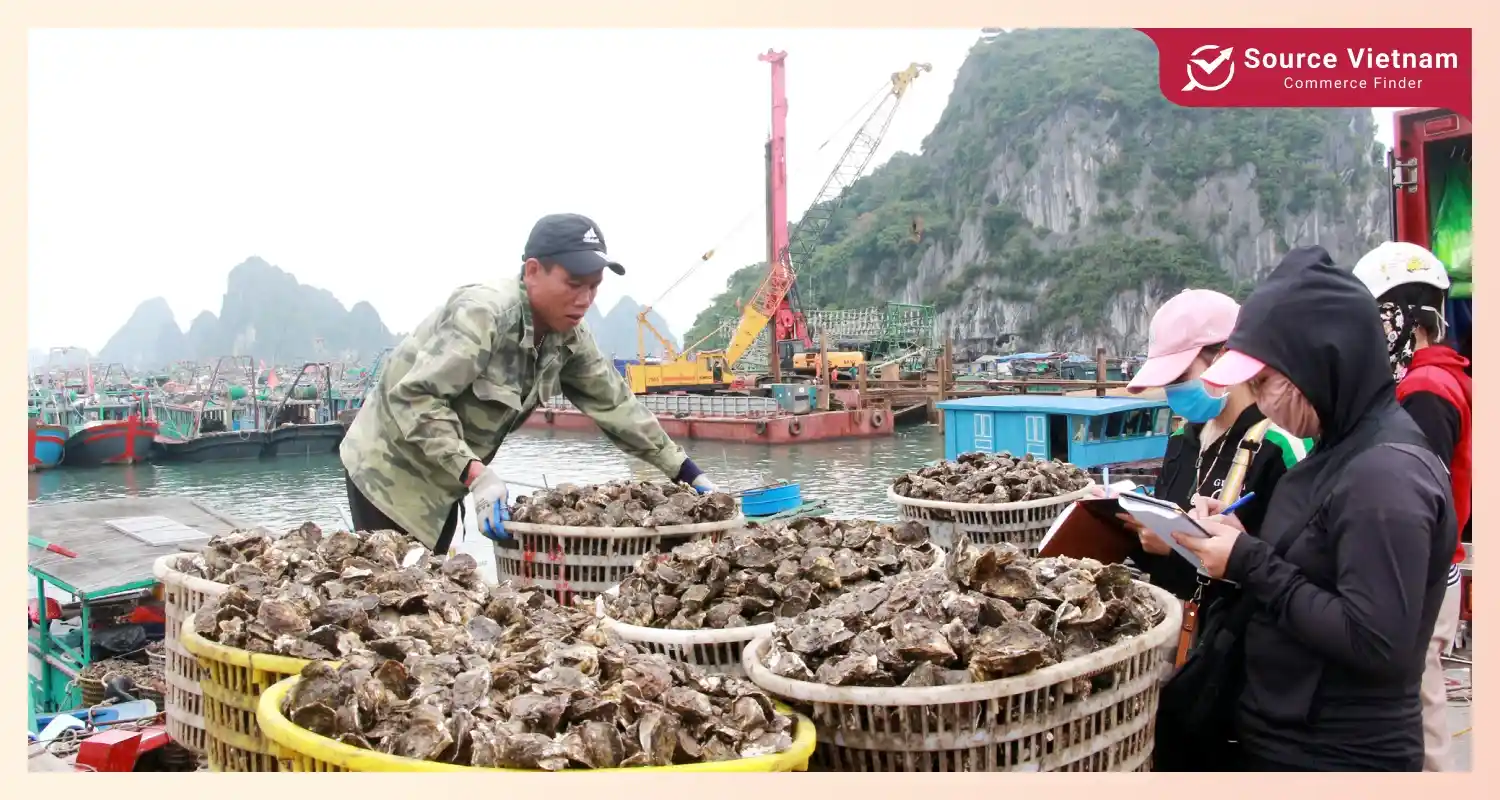
What makes Vietnam stand out is its geography. With a coastline stretching more than 3,200 kilometers, the country offers ideal water conditions—clean, shallow, nutrient-rich coastal zones that are perfect for sustainable mollusc farming. These natural advantages not only enhance product quality but also reduce farming costs.
On top of that, cost-effective labor and rapidly improving cold chain and processing infrastructure are helping Vietnam scale its operations to meet growing global demand. Local farmers and processors are also adopting better farming techniques and post-harvest technologies, aligning with international standards and buyer expectations.
In short, Vietnam isn’t just well-positioned—it’s uniquely equipped to lead the next chapter of the global mollusc trade.
Challenges and quality expectations
Despite Vietnam’s impressive growth in mollusc exports, staying competitive in the global market requires more than volume—it demands consistency, safety, and transparency. As importers, particularly from China, tighten regulations and consumer expectations evolve, quality control and food safety have become non-negotiable.
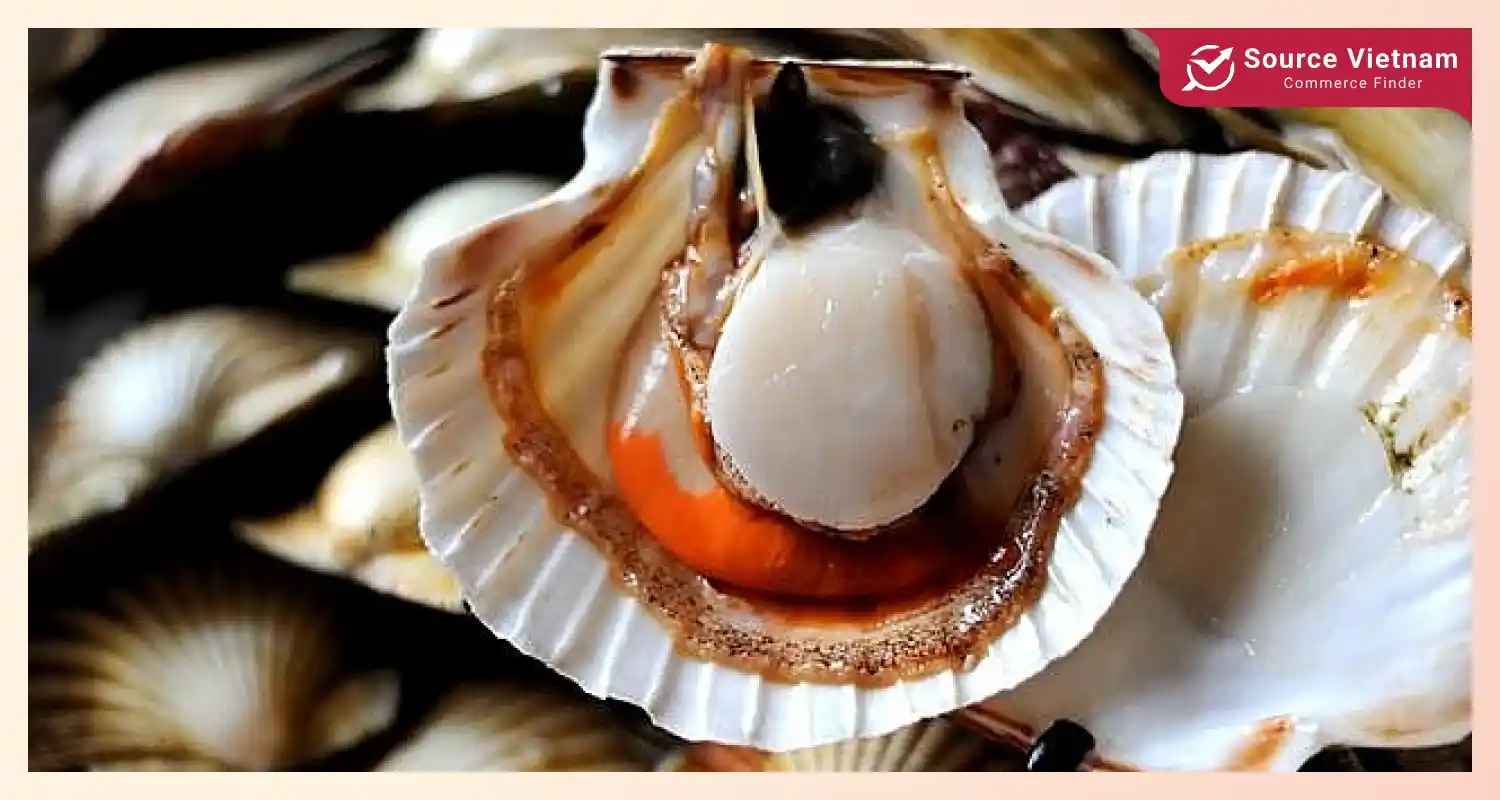
One of the most pressing demands from international buyers is traceability. Buyers want to know where and how the molluscs were farmed, and whether they meet hygiene and environmental standards. In parallel, post-harvest preservation, especially cold chain management, plays a crucial role in maintaining freshness and preventing contamination during transportation.
To meet these rising expectations, the Vietnam Association of Seafood Exporters and Producers (VASEP) has urged local businesses to invest in modern cold storage facilities and digital traceability systems. These tools not only boost credibility but also open doors to premium markets. VASEP also emphasizes the need to standardize farming practices and strengthen quarantine procedures to align with international norms.
In short, the global spotlight is on Vietnam, but sustaining that light means playing by world-class rules. The good news? Vietnam is already making bold strides in the right direction.
Implications for global seafood traders & importers
Vietnam’s rapid rise in mollusc exports presents a fresh sourcing opportunity for global seafood traders and importers. As traditional suppliers in Southeast Asia—such as Thailand and the Philippines face production constraints or higher costs, Vietnam is stepping up with both scale and price competitiveness.
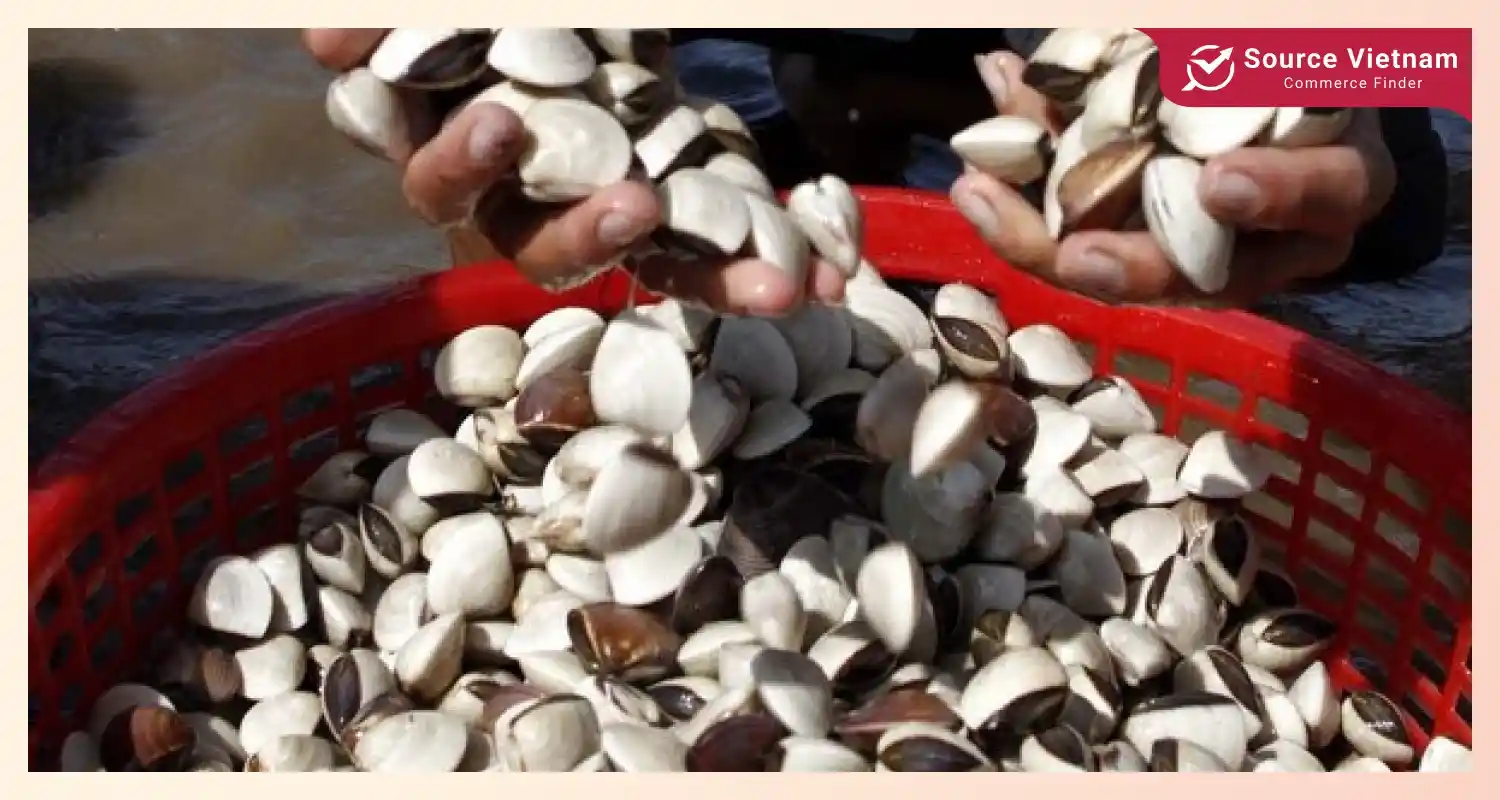
For international buyers, this shift opens doors to cost-effective, high-quality molluscs from a country that is increasingly aligned with global food safety standards. However, capitalizing on this opportunity requires due diligence. B2B buyers should prioritize supplier audits, ensuring compliance with traceability protocols, hygiene standards, and cold-chain logistics.
Vietnam’s mollusc industry is evolving fast, but not uniformly—some exporters are ahead of the curve, while others are still catching up. Importers who move early can establish strong partnerships with reliable Vietnamese suppliers and lock in better terms before the market becomes more crowded.
As global seafood demand rises and sustainability takes center stage, Vietnam is positioned not just as an alternative but as a strategic partner in the seafood value chain.
Conclusion
Vietnam mollusc export boom in Q1 2025 signals a major shift in the global seafood trade. With strong demand from China and growing production capacity, Vietnam is fast becoming a key player in the industry. For exporters, the focus must now turn to quality, traceability, and infrastructure. Importers and investors who act early can gain a competitive edge in this rising market. The message is clear: Vietnam isn’t just growing—it’s setting a new standard for the future of mollusc sourcing.

